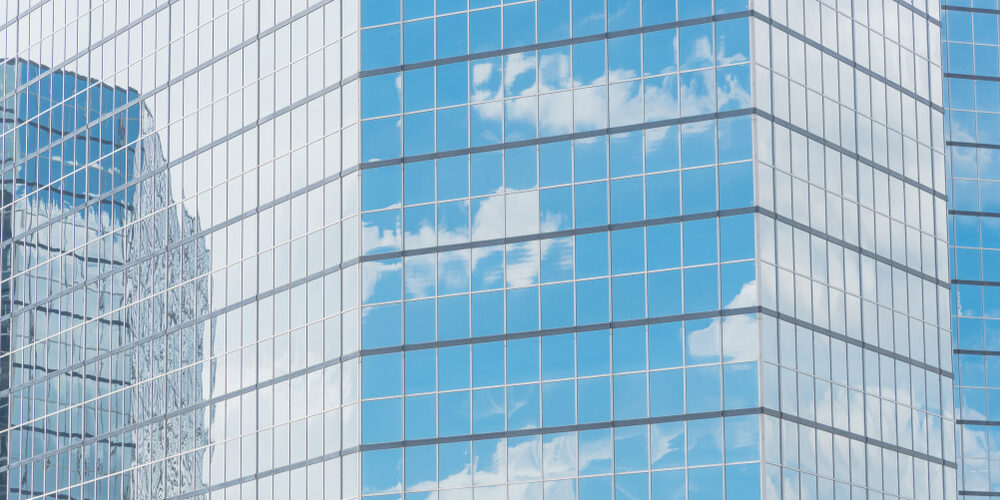Reflective window glass, often used for its energy efficiency and privacy benefits, comes with a set of disadvantages that might affect its suitability for certain applications or preferences. Understanding these drawbacks can help you make an informed decision about whether reflective glass is the right choice for your needs.
Here are some of the primary disadvantages…
1. Aesthetic Impact
- Exterior Appearance – The shiny, mirror-like appearance of reflective glass can significantly alter the aesthetic of a building. While it might be desirable for commercial or modern architecture, it may not blend well with residential or traditional designs.
- Interior Visual Effect – In certain lighting conditions, the interior side of the reflective glass can also become somewhat mirror-like, which might affect your ability to enjoy outdoor views.
2. Light Transmission
- Reflective glass reduces the amount of natural light that enters the interior, which could necessitate the use of artificial lighting even during the day. This might offset some energy savings gained through heat reflection.
3. Impact on Plants
- The reduced light transmission can also affect indoor plants that require significant sunlight to thrive. Plant growth may be stunted without adequate natural light.
4. Nighttime Privacy
- While reflective glass provides excellent privacy during the day, this effect reverses at night when interior lights are on, making the interior visible from the outside. Additional window treatments may be necessary for privacy after dark.
5. Glare
- The reflective surface can create glare that might be problematic for neighbors or passersby. In some cases, this has led to local regulations or homeowner association rules limiting the use of highly reflective glass.
6. Energy Efficiency Considerations
- While reflective glass is effective at blocking heat from entering a building, it can also trap heat inside, which might be a disadvantage in cooler climates or during the winter months. This could lead to increased heating costs.
7. Environmental and Wildlife Impact
- Highly reflective surfaces can contribute to light pollution and have the potential to disorient birds, leading to bird strikes. This environmental impact is a consideration for those looking to minimize their ecological footprint.
8. Compatibility and Building Codes
- Certain types of reflective glass might not be suitable for all window frames or building types, requiring special installation considerations. Also, some areas have building codes or regulations that restrict the use of reflective glass due to its impact on the community and environment.
Reflective window glass offers several benefits, including energy savings and aesthetic appeal for certain architectural styles. Yet, the disadvantages outlined above should be carefully considered to ensure that the choice of reflective glass aligns with your aesthetic preferences, functional needs, and environmental considerations.






